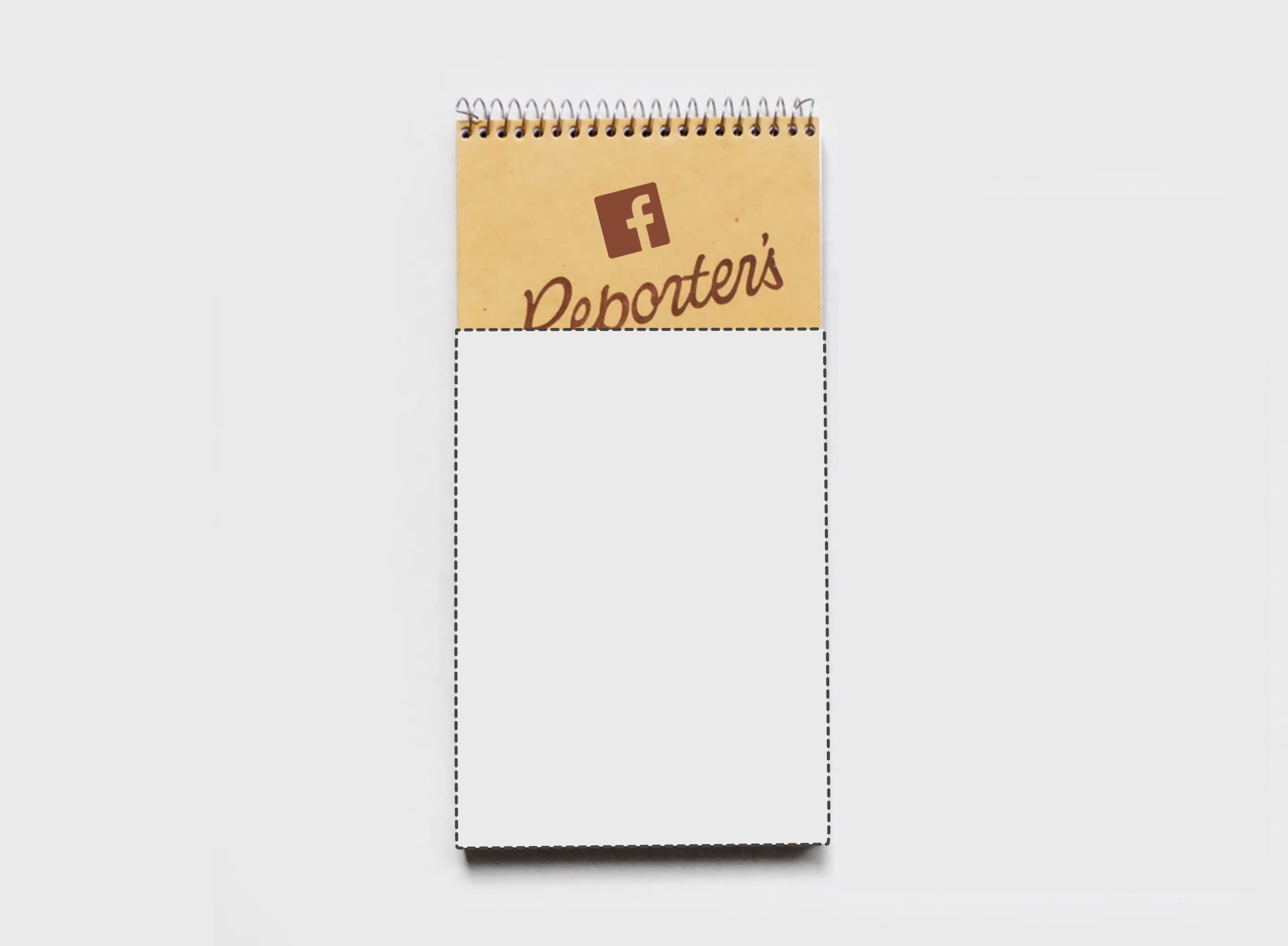
Truly too good to be true: Facebook isn’t going to pay most publishers for the content featured in its forthcoming news tab this fall, The Wall Street Journal reports. Instead, expect only about one in four to receive some content licensing cash.
The tab, launching as soon as the end of October, will draw from 200 news outlets, the Journal’s Lukas Alpert and Sahil Patel reported Monday morning:
The “here for a good time, not for a long time” funding approach has been one of Facebook’s go-to measures when launching a new product like Facebook Live or Facebook Watch. These carrot sticks contributed to the much maligned “pivot to video”, which contributed to news outlets running out of runway to pivot to a sustainable method while Facebook and other platforms showcased their digital advertising prowess.A person familiar with the matter said Facebook had never planned to pay all the news outlets whose content it would link to in its news section. The plan is similar to what Facebook has done with its Watch section, which includes videos not paid for by Facebook, the person said. Taking into account companies that own multiple publications, Facebook will pay fees to about one-quarter of the organizations that will be involved at launch, the person said.
The “Top News” tab, though, is supposed to be material that publisher would already be pushing out anyway. The tab plans emerged shortly after the 50-50 revenue-sharing Apple News+ was introduced, which baked a longer financial relationship with news publishers as part of its news system. The top per-publisher numbers Facebook is floating, according to previous reporting by the Journal and CNN’s Dylan Byers, is between $2 million and $3 million per year for three years. It’s unclear how the outlets that will receive the money will be chosen, though outlets like Dow Jones, the Washington Post, The New York Times, BuzzFeed, and The Philadelphia Inquirer have been in talks to at least be included in the special section.
Laura Hazard Owen rounded up the buzz around the news tab (one month to go, folks!) earlier this month. The tab will include around 25 human editors under the guidance of former journalist Anne Kornblut, drawing from a bucket of links from 200 (politically diverse, but not Infowars) outlets questionably deemed trustworthy by Facebook users last year.Getting more reputable news visible on Facebook = good. Following money dangled without a long-term plan = not good. The impact of Facebook’s news tab, on the industry and on the news consumption of Facebook users = unclear.
Facebook now looking to hire 25 ppl to staff its news section, up from under 10 that it said originally, and almost on a par with Apple News – @lalpert1 & @BenMullin https://t.co/yJQCorMUwC
— Lucia Moses (@lmoses) September 30, 2019
The page, which Facebook says will be limited to trustworthy outlets, may include BREITBART
The company is including Breitbart, which has laundered white nationalist talking points, to avoid claims of conservative bias https://t.co/sbk8BgWlPS pic.twitter.com/mF60B98gHA
— Judd Legum (@JuddLegum) September 30, 2019
Because everything Facebook does with news turns out AWESOME. https://t.co/ZwMEKYgwca
— Carlos Tejada (@CRTejada) September 30, 2019